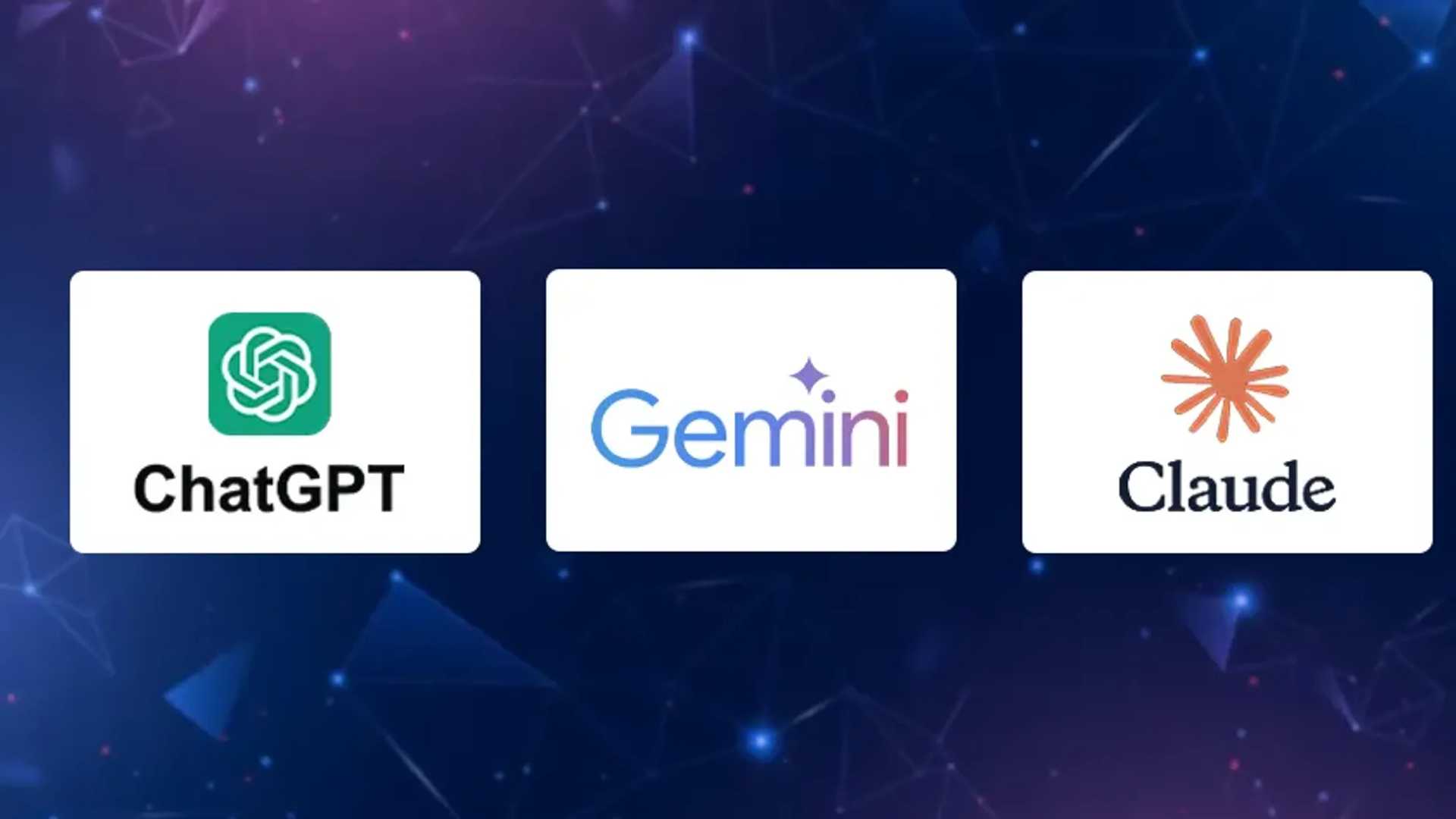GPT-4o vs Claude 3.5 vs Gemini 2.0 - Which LLM to Use When
In the dynamic field of large language models (LLMs), choosing the right model for your specific task can often be daunting. With new models constantly emerging – each promising to outperform the last – it’s easy to feel overwhelmed. Don’t worry, we are here to help you. This blog dives into three of the most prominent models: GPT-4o, Claude 3.5, and Gemini 2.0, breaking down their unique strengths and ideal use cases. Whether you’re looking for creativity, precision, or versatility, understanding what sets these models apart will help you choose the right LLM with confidence. So let’s begin with the GPT-4o vs Claude 3.5 vs Gemini 2.0 showdown!
GPT-4o:
Developed by OpenAI, this model is renowned for its versatility in creative writing, language translation, and real-time conversational applications. With a high processing speed of approximately 109 tokens per second, GPT-4o is perfect for scenarios that require quick responses and engaging dialogue.

Gemini 2.0:
This model from Google is designed for multimodal tasks, capable of processing text, images, audio, and code. Its integration with Google’s ecosystem enhances its utility for real-time information retrieval and research assistance.
Claude 3.5:
Created by Anthropic, Claude is known for its strong reasoning capabilities and proficiency in coding tasks. It operates at a slightly slower pace (around 23 tokens per second) but compensates with greater accuracy and a larger context window of 200,000 tokens, making it ideal for complex data analysis and multi-step workflows.
Testing the Models
In this section, we will explore the various capabilities of GPT-4o, Claude 3.5, and Gemini 2.0 LLMs. We will test out the same prompts on each of these models and compare their responses. The aim is to evaluate them and find out which model performs better at specific types of tasks. We will be testing their skills in:
Prompt: “Write a Python function that takes a list of integers and returns a new list containing only the even numbers from the original list. Please include comments explaining each step.” Prompt: “A farmer has chickens and cows on his farm. If he counts a total of 30 heads and 100 legs, how many chickens and cows does he have? Please show your reasoning step by step.” Prompt: “Generate a visually appealing image of a futuristic cityscape at sunset. The city should feature tall, sleek skyscrapers with neon lighting, flying cars in the sky, and a river reflecting the colorful lights of the buildings. Include a mix of green spaces like rooftop gardens and parks integrated into the urban environment, showing harmony between technology and nature. The sky should have hues of orange, pink, and purple, blending seamlessly. Make sure the details like reflections, lighting, and shadows are realistic and immersive.”
Model Comparison
The table below shows the comparison of all the three LLMs. By comparing critical metrics and performance dimensions, we can better understand the strengths and potential real-world applications of GPT-4o, Claude 3.5, and Gemini 2.0.
After an extensive comparative analysis, it becomes evident that each model comes with its own strengths and unique features, making them the best for specific tasks. Claude is the best choice for coding tasks due to its precision and context awareness, while GPT-4o delivers structured, adaptable code with excellent explanations. Conversely, Gemini’s strengths lie in image generation and multimodal applications rather than text-focused tasks. Ultimately, choosing the right LLM depends on the complexity and requirements of the task at hand.
- GPT-4o excels in creative writing and real-time conversational applications.
- Claude 3.5 is the best choice for coding and multi-step workflows due to its reasoning capabilities and large context window.
- Gemini 2.0 excels in multimodal tasks, integrating text, images, and audio seamlessly.
- GPT-4o provides the clearest and most detailed reasoning with step-by-step explanations.
- Gemini 2.0 leads in image generation, producing high-quality and contextually accurate visuals.




















